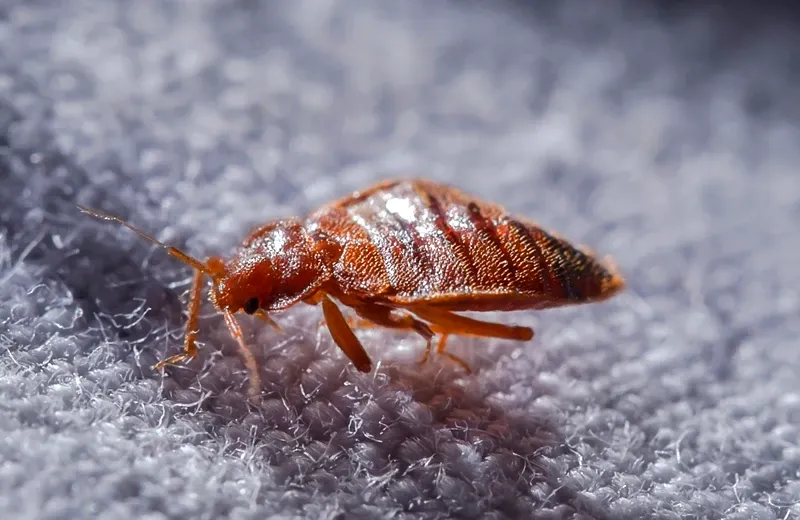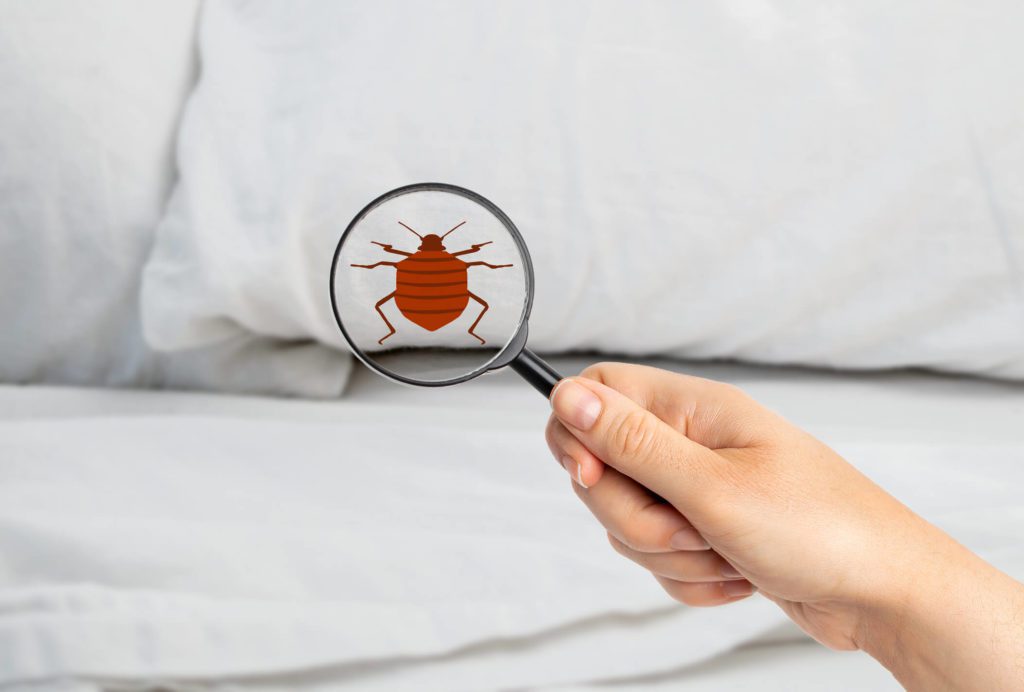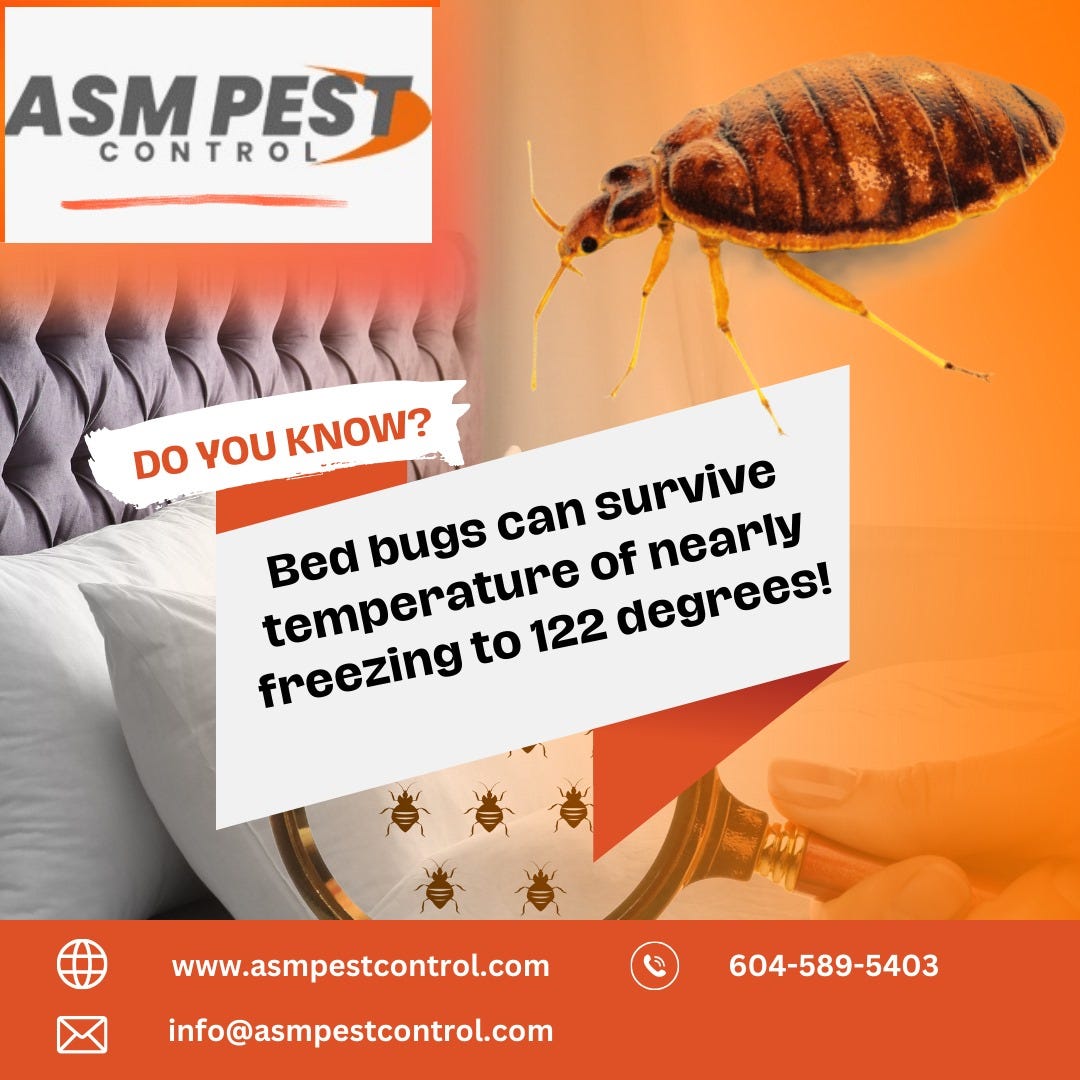Professional Kings Bug Control Services Cincinnati OH
Professional Kings Bug Control Services Cincinnati OH
Blog Article
Sorts Of Pest Control: Which Approach Is Right for Your Infestation?
When encountered with a parasite problem, the option of an appropriate method for bug control is important in efficiently handling the situation. By exploring the numerous kinds of pest control methods available, people can make enlightened choices tailored to their unique situations, guaranteeing a more sustainable and effective result in insect removal.
Chemical Insect Control
Chemical pest control involves using artificial or naturally derived chemicals to manage and get rid of pest populaces efficiently. This method is typically made use of in agriculture, forestry, and domestic settings to battle a large range of pests, consisting of weeds, rodents, and insects. The usage of chemical pesticides can supply quick and targeted remedies to pest invasions, making it a popular selection for lots of individuals and organizations.
One of the key benefits of chemical insect control is its capacity to quickly eliminate bugs, decreasing the threat of damage to plants, property, and human health and wellness. By using details chemicals that target particular parasites, this technique can effectively manage infestations while lessening harm to helpful organisms and the atmosphere when used correctly.
Nonetheless, using chemical insect control additionally increases problems about prospective damaging impacts on non-target types, water sources, and human wellness. It is important to adhere to safety standards, use chemicals responsibly, and think about different pest control techniques to lessen these threats and guarantee sustainable bug monitoring practices.
Biological Insect Control
Organic parasite control, also called biocontrol, uses living microorganisms to take care of and lower insect populations normally. This approach uses the power of nature to regulate pests without the need for artificial chemicals. Biocontrol can include the intro of all-natural adversaries of the parasite varieties, such as pathogens, bloodsuckers, or killers, to subdue bug populaces. By utilizing the parasite's all-natural predators or microorganisms, biological pest control offers a eco-friendly and lasting solution to pest management.

Mechanical Insect Control
Using physical and hand-operated approaches to take care of pest populations, mechanical bug control supplies an alternative method that does not depend on the usage of living microorganisms or synthetic chemicals. This method includes making use of obstacles, catches, or various other tools to literally deter or eliminate insects. By blocking bug entrance factors or establishing catches to catch them, mechanical bug control can properly reduce infestations without introducing chemicals into the environment.
One common example of mechanical pest control is using mesh displays on home windows and doors to protect against pests from getting in structures. This straightforward yet reliable approach functions as a physical obstacle, keeping insects out while permitting proper ventilation. In addition, tools like mousetraps, fly swatters, and ultrasonic repellents drop under the mechanical bug control classification.
While mechanical insect control methods can be labor-intensive and require normal surveillance and maintenance, they provide a ecologically friendly and lasting service for managing parasite problems. By combining different mechanical methods, homeowner can develop a thorough bug control method that reduces dependence on chemical pesticides.
Physical Bug Control

Some common physical insect control techniques consist of the usage of obstacles such as internet or screens to avoid parasite access, catches to capture and remove insects, and hand-picking to physically eliminate bugs from plants or frameworks. Furthermore, strategies like warmth therapies can be made use of to regulate parasites like bed pests by elevating the temperature level to degrees that are dangerous to the pests.
Physical bug control is specifically valuable in incorporated bug administration (IPM) methods, where numerous bug control techniques are integrated for efficient insect management while reducing the use of chemicals. By utilizing physical parasite control strategies, people can properly attend to bug invasions with very little environmental influence.
Integrated Parasite Administration
When executing physical insect control methods as component of bug administration techniques, Integrated Insect Management (IPM) becomes a thorough strategy that linked here leverages different techniques to properly manage pest populations. IPM concentrates on long-term avoidance of bugs with a helpful site mix of biological, social, physical, and chemical devices tailored to specific parasite problems. By integrating several control strategies, IPM intends to lessen the dangers related to parasites while likewise reducing dependence on chemical services.
One trick aspect of IPM is the focus on monitoring and analyzing pest populations to establish the most ideal control methods. This aggressive method permits for early treatment and targeted approaches, causing more effective parasite management. In addition, IPM advertises eco-friendly practices by prioritizing non-chemical control approaches and just utilizing chemicals as a last option.
Conclusion

By utilizing the insect's all-natural predators or virus, biological parasite control provides a environmentally see post pleasant and sustainable remedy to pest administration. - Kings best pest control cincinnati
Using manual and physical approaches to manage insect populaces, mechanical pest control uses a different technique that does not depend on the usage of living organisms or synthetic chemicals.An effective approach to managing parasite populations without depending on chemical or organic methods includes the usage of physical parasite control techniques.When carrying out physical parasite control methods as part of bug monitoring strategies, Integrated Insect Administration (IPM) arises as a comprehensive method that leverages different methods to properly regulate pest populaces. Chemical pest control involves the use of pesticides, biological bug control makes use of natural predators, mechanical bug control includes physical obstacles, physical parasite control consists of capturing or getting rid of parasites, and incorporated parasite monitoring incorporates numerous approaches for an alternative strategy to pest control.
Report this page